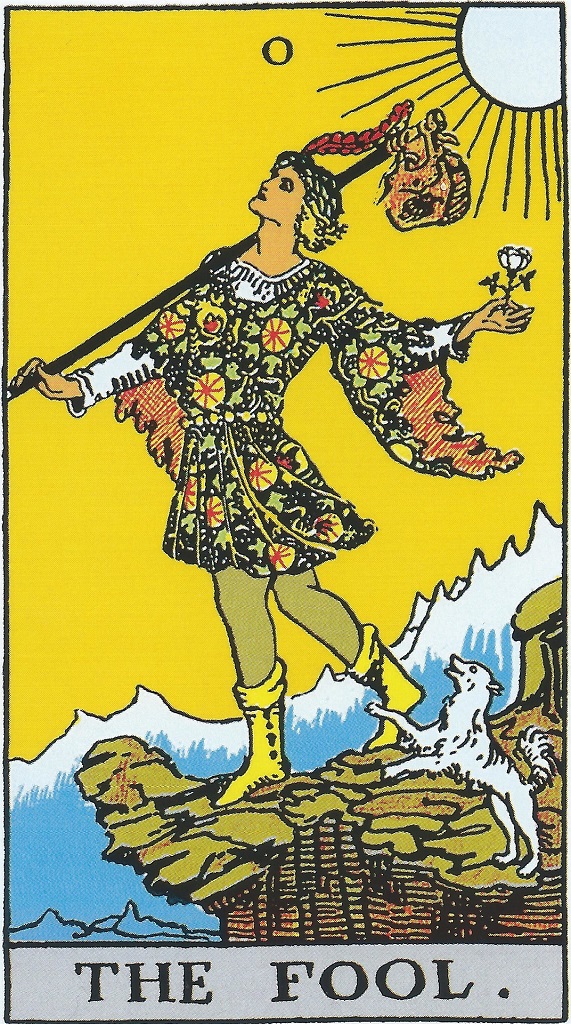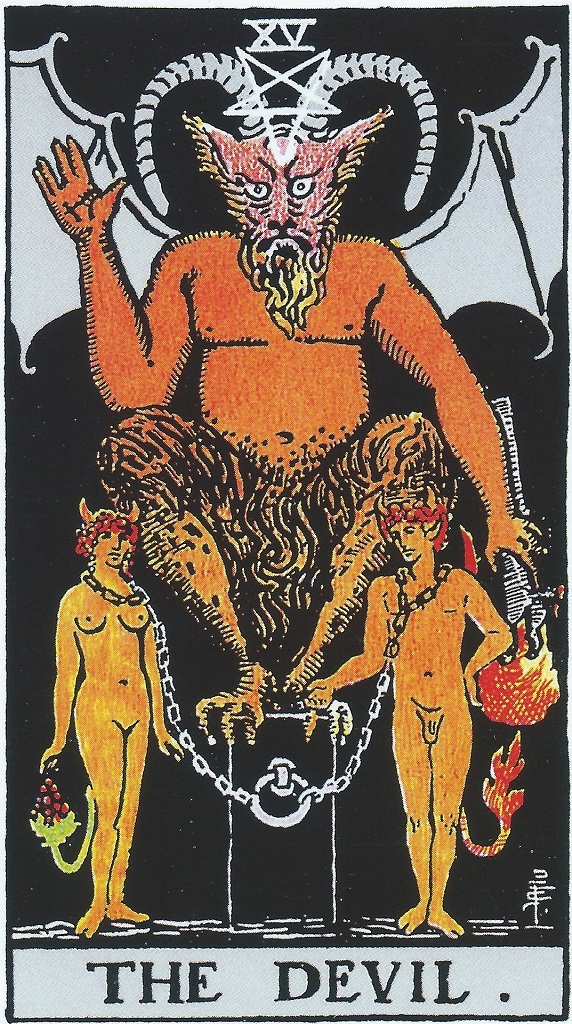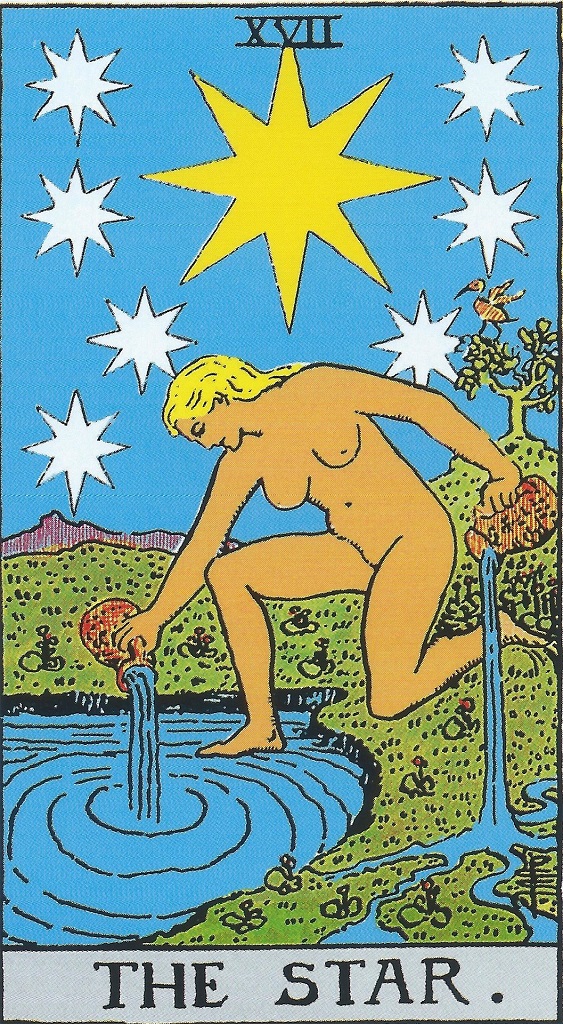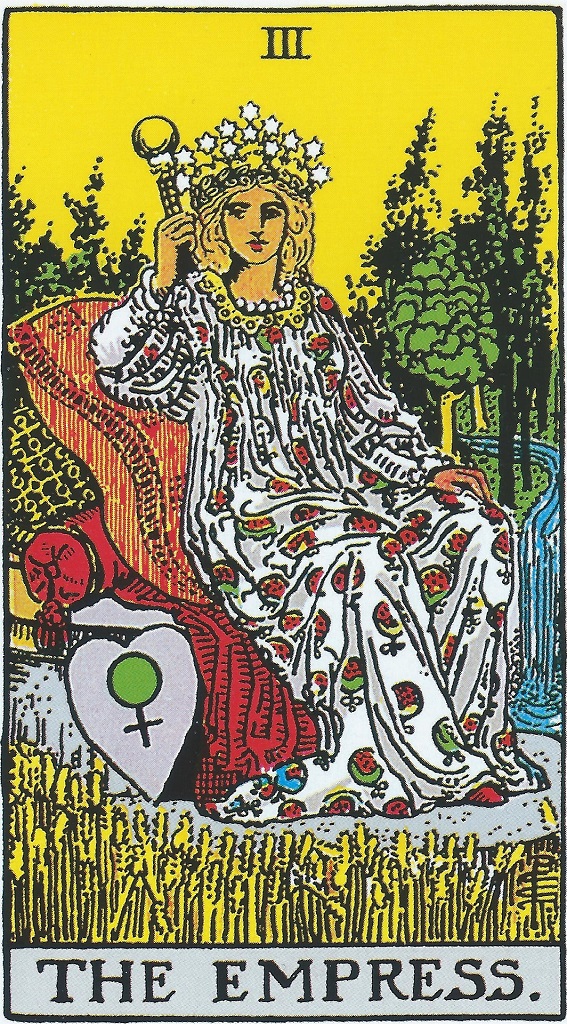
Teneice Durrant, creator of Tarot with Ten, will use various tarot and oracle decks to provide monthly readings for writers, with exercises on using imagery and intuition as prompts. January’s prompt is all about the protagonist.
Welcome to my first On Deck post for the Center blog. My intent for this series is for you to learn how to develop your intuition using images as writing prompts, which means I first need to define something called ekphrasis, or ekphrastic writing.
Writing about art
Ekphrasis is a literary description of or commentary on a visual work of art. It should be no surprise, then, that the term ekphrasis derives from Greek, where it literally means "description.” William Carlos Williams did a whole series of writings based on famous paintings. Rilke has a famous poem, “Archaic Torso of Apollo,” that was inspired by a statue remnant. Many writers have used photojournalism and war photos to write poems or short stories.
What I'm doing, and what I invite you to do, with the tarot cards is to use them as visual prompts kickstart our writing. Using these cards is a secular, non-denominational exercise; furthermore, you don't need to know how to read tarot cards or know any of the traditional iconographies to use them as prompts. Finally, all royalty-free images in this post are cards from a traditional Rider-Waite tarot deck, courtesy Pixabay (Creative Commons license).
Three steps to using visual writing prompts
 There are three parts to writing about a piece of art or an image. The first part is to start very literally and write down what elements are in the image. For example, if we take The Fool Card, we can see the sun, cloudless sky, person, cliff, white dog, white rose in the hand, patterned tunic, mountains in the background, and a stick with a bag on it with their belongings. The dominant color is yellow.
There are three parts to writing about a piece of art or an image. The first part is to start very literally and write down what elements are in the image. For example, if we take The Fool Card, we can see the sun, cloudless sky, person, cliff, white dog, white rose in the hand, patterned tunic, mountains in the background, and a stick with a bag on it with their belongings. The dominant color is yellow.
Once we have all the elements listed, the second step is to start making general associations. The sun means happiness, joy, and clarity, right? Clear skies might mean there are no problems, while a white rose can symbolize purity. The dog suggests loyalty and having a companion. Standing at the edge of the cliff brings to my mind the idea of “leap and the bridge will appear.” Any associations that we have, either personally or culturally, we bring in for the second round.
In the third round, we start to ask the who, what, where, when, and why questions. Now is when we get into details and intuition: Who is this person? Why are they on a ledge? Where are they? Are they in Italy or Arizona? Is this dog a stray or did this person get the dog when they were going through a divorce? You start to bring in the senses next. Is it cold? Are they happy? What do they hear? Explore all five senses, answer all the W questions you can, and soon, a kind of backstory will emerge.
Writing prompt: Protagonist
First of all, a protagonist is a story’s main character. If you’re writing nonfiction, that character is you. This month’s prompt is intended to develop a protagonist (though feel free to follow the imagery wherever your intuition takes you!).
I'm going to pull three cards (right-click on any image to open and view enlarged). The first card is going to be about the general personality; the second card is going to be what the protagonist wants, and the third is going to be about why they can't have it. The three cards together should give a sense of the tension this protagonist exemplifies, a tension you might explore in writing.
Card 1
The Devil, referring to the general personality of our main character.
Using the image, identify everything you see. Take in the colors, the people, the set elements of the card.
Then write down everything you know about the devil, any associations that we can make.
The Devil is a Capricorn card, so that's the December birthdays starting right at the solstice and going through into January. I think this is funny because we are still in Capricorn season as I'm writing this. The Devil in tarot is about vices and feeling out of control.
Card 2
The Star, referring to what the protagonist wants.
The Star is the sign of Aquarius. There are eight stars across the top. There's a woman kneeling by the water. She has one foot in the water and one foot on land. She's pouring water into the lake and onto the land. There's a tree in the background and mountains in the distance and there are little seedlings all over the ground. The main colors are blue, green, and yellow.
The Star card in tarot is about wishes coming true about healing, and about balancing emotional needs (represented by water) and physical needs (represented by earth).
Card 3
The Empress, referring to why the protagonist can't have what they want. This could be somebody getting in the way of their own healing. There's a woman here in luxurious robes on pillows, velvets, and fabrics. She has a star crown on her head. There's wheat growing around her, so maybe she's at the edge of the forest. The colors are predominantly yellow and some red.
The Empress in tarot can represent a mother figure, so maybe there's something happening here that the protagonist wants to heal, wants to move on, wants some wishes to come true, but there is some kind of mother figure in the way. It could also have to do with pregnancy.
The Devil, The Star, and The Empress. I think that's a great start for this blog series. Hopefully, you can see how using the cards gives us so many possibilities for writing prompts as well as character development. Next month, we'll talk about antagonists. Until then, here's how to find me outside of the Center:
Podcast anchor.fm/tarotwithten
YouTube Tarot with Ten
What did you think of this tarot reading and the cards as visual prompts for story development? Share with us in the comments, and contact us if you’re interested in working one-on-one with Teneice in writing with tarot.
Want to receive tips and inspiration like this in your inbox every Sunday morning? Join our email list community! You will receive weekly advice, a year’s worth of weekly writing prompts as a FREE download, and be eligible to participate in our monthly photo prompt contest for a chance to share an original piece of writing with our community of more than 2,500 writers.
